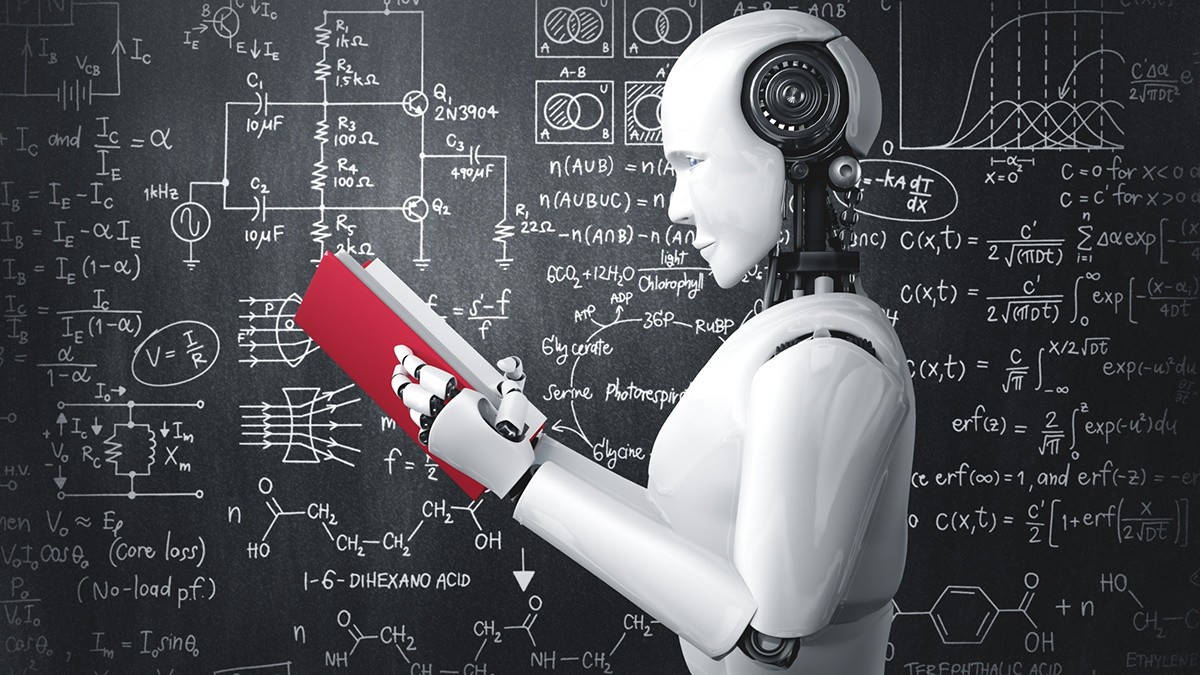Artificial Intelligence (AI) is transforming modern education by enhancing personalized learning, automating administrative tasks, and improving accessibility. This technological shift not only supports teachers and students but also paves the way for a more efficient and inclusive educational system. Below, we explore the key areas where AI impacts education, the benefits it brings, and the challenges that come with it.
- Personalized Learning
One of the most significant ways AI influences education is through personalized learning, tailoring educational content and pace to individual students’ needs.
- Adaptive Learning Systems: AI-powered platforms, such as DreamBox and Knewton, analyze students’ strengths, weaknesses, and learning speeds to create customized learning paths. This approach ensures that each student can master topics at their own pace, reducing frustration and improving retention.
- Tailored Feedback: AI-driven programs provide instant, detailed feedback, helping students identify areas for improvement and track progress. This feedback loop is crucial for self-directed learning, encouraging students to stay engaged and motivated.
- Enhanced Teaching Tools
AI equips teachers with new tools to streamline their workload and improve classroom management, allowing them to focus more on individualized teaching.
- Automated Grading and Assessment: AI can automate the grading of multiple-choice tests, quizzes, and even some types of essays. Systems like Gradescope use machine learning to recognize patterns in student responses, helping teachers save time while providing accurate assessments.
- Smart Content Creation: AI aids teachers in creating engaging and interactive educational materials. AI-generated quizzes, flashcards, and study guides can be customized for different topics, enhancing lesson plans and providing additional learning resources.
- Virtual Assistants for Classroom Support: AI-powered virtual teaching assistants, such as IBM’s Watson Tutor, help answer students’ questions, clarify concepts, and provide resources, supporting teachers in large classes or online environments.
- AI-Powered Tutoring Systems
AI tutors supplement traditional teaching, offering additional support outside of school hours to reinforce learning.
- 24/7 Availability: AI tutors provide round-the-clock assistance, offering explanations, guidance, and practice problems. They can simulate one-on-one tutoring sessions, offering students help whenever they need it, which is especially valuable in remote learning contexts.
- Personalized Learning Paths: Unlike traditional tutoring, AI tutors can instantly adapt to a student’s performance. They identify specific challenges a student faces and adjust the difficulty level accordingly, focusing on areas where the student needs the most support.
- Improved Accessibility and Inclusivity
AI makes education more accessible to students with disabilities or those facing language barriers, creating a more inclusive learning environment.
- Assistive Technologies: AI-driven applications such as text-to-speech, speech-to-text, and closed captioning help students with visual, auditory, or learning impairments engage more effectively with content. Tools like Microsoft’s Immersive Reader aid in comprehension for students with dyslexia, ADHD, or low vision.
- Language Translation and ELL Support: For students who speak English as a second language, AI translation tools can translate instructions, lectures, and assignments in real time. This allows non-native speakers to better participate in mainstream classrooms, breaking down language barriers and fostering inclusivity.
- Data-Driven Decision-Making
AI empowers educational administrators by providing data insights to improve institutional performance and enhance student outcomes.
- Predictive Analytics for Student Success: AI algorithms analyze data on student attendance, performance, and engagement to predict academic success or risk of dropout. This data helps schools intervene early, offering support to students who might need additional help.
- Resource Optimization: AI assists in managing administrative tasks, such as scheduling, enrollment, and resource allocation, based on data analysis. This optimization saves time and resources, making operations more efficient and allowing more funds to be allocated to student-centered programs.
Challenges and Concerns of AI in Education
While AI offers numerous advantages, there are challenges to its widespread adoption that must be carefully considered.
- Privacy and Data Security: The use of AI in education involves collecting large amounts of data, which raises concerns about student privacy. Schools and educational technology companies must ensure compliance with data protection laws and maintain secure systems.
- Equity in Access: AI-driven resources may not be equally available to all students due to disparities in technology access. Addressing this inequality is crucial to ensure all students benefit from advancements in AI.
- Dependency on Technology: Over-reliance on AI tools may reduce students’ and teachers’ engagement with traditional learning methods and critical thinking. Striking a balance between AI and human interaction is essential for well-rounded education.
Conclusion
AI is transforming modern education by fostering personalized learning, streamlining administrative tasks, and making education more inclusive. While challenges such as privacy and accessibility need to be addressed, the benefits of AI hold great promise for creating an engaging, efficient, and equitable educational landscape. As AI technology continues to evolve, educators, administrators, and policymakers must work together to harness its potential while ensuring it serves the diverse needs of all students.


